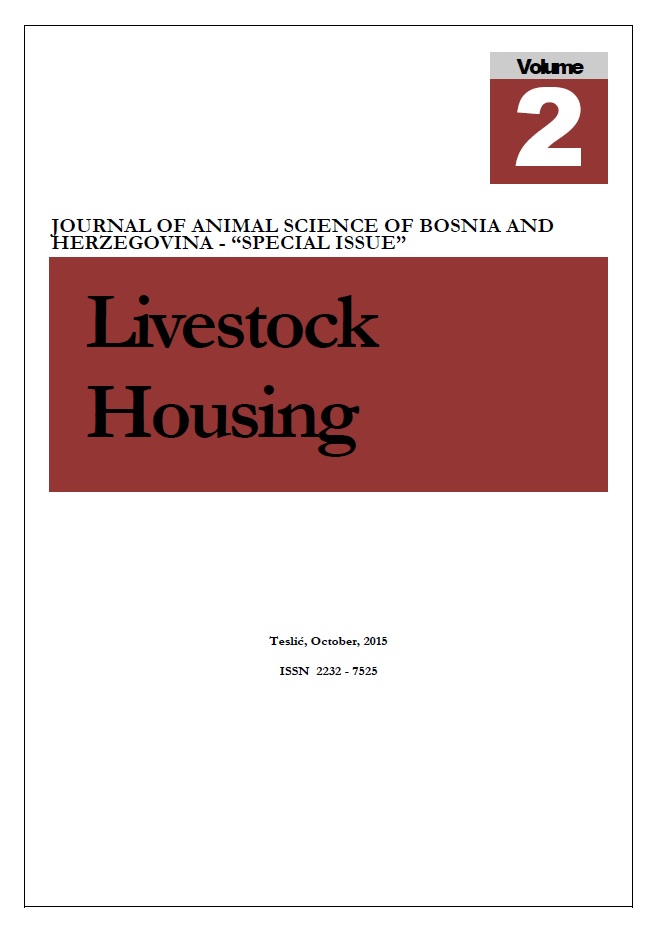TECHNOLOGICAL DEVELOPMENT IN THE NORWEGIAN DAIRY SECTOR
DOI:
https://doi.org/10.7251/JAS1502053RAbstract
Arable land is covering less than 3% of the total area of Norway, and is partly situated north from the Arctic Circle. The remaining part is mainly forests and mountains. The history of the Norwegian people and agriculture was hence a history about poverty. Before the industrial revolution in the middle of the 17th century, the population lived on small farms where they grew what they needed for their self-sufficiency. Farmers made their own farm buildings and equipment according to their own ideas and regional traditions. The buildings were small, specialized and normally had a short lifespan. Typical building materials were timber and stone. Indoor climate was far from good. The total workload was high, however, the work force was large as a lot of people lived on the farms.From approx. 1850 a big change took place in Norway as industrial products became available. A lot of people moved to the cities (or immigrated to USA) to live from industry or trade. The cities became a new market for agricultural products, the farmers got an income (as cash) and could buy “modern” factory built farm equipment. As people left the countryside for a better life (!?) in the city, farmers also had to select more efficient solutions to be able to run their farms with less hands involved. The monetary housekeeping also made it possible to loan money. Loan money was invested in more robust buildings, better solutions, e.g. for taking care of the manure and for storing food etc. As these buildings were more expensive, different productions were gathered in fewer buildings. What was called the “unity building” became the new standard. In those buildings, the manure was typically stored in the cellar, animals were kept on the main floor, and food was stored above there again. The gravity became the farmers “helping hand”. A great improvement in work load, animal welfare, hygiene and production was achieved, and traditional housing methods were soon forgotten, however, the debt increased.In the years after world war II, the spread of electricity and combustion motors made room for another change; mechanization replacing manual work and gravity. Milking machines replaced hand milking, and feed and manure work were mechanized using mass-produced equipment.Today mechanization has developed into automation, and at the same time market forces has multiplied production volumes. The unity barn is also replaced with wide one-level buildings. The normal situation today, is also that one person is normally running several farms. Hence, to raise new buildings the work load is too big for the farmer, and the result is that he have to buy both building materials as well as hands to build – and the debt is increasing even more…Downloads
Published
2019-04-08
Issue
Section
Чланци

